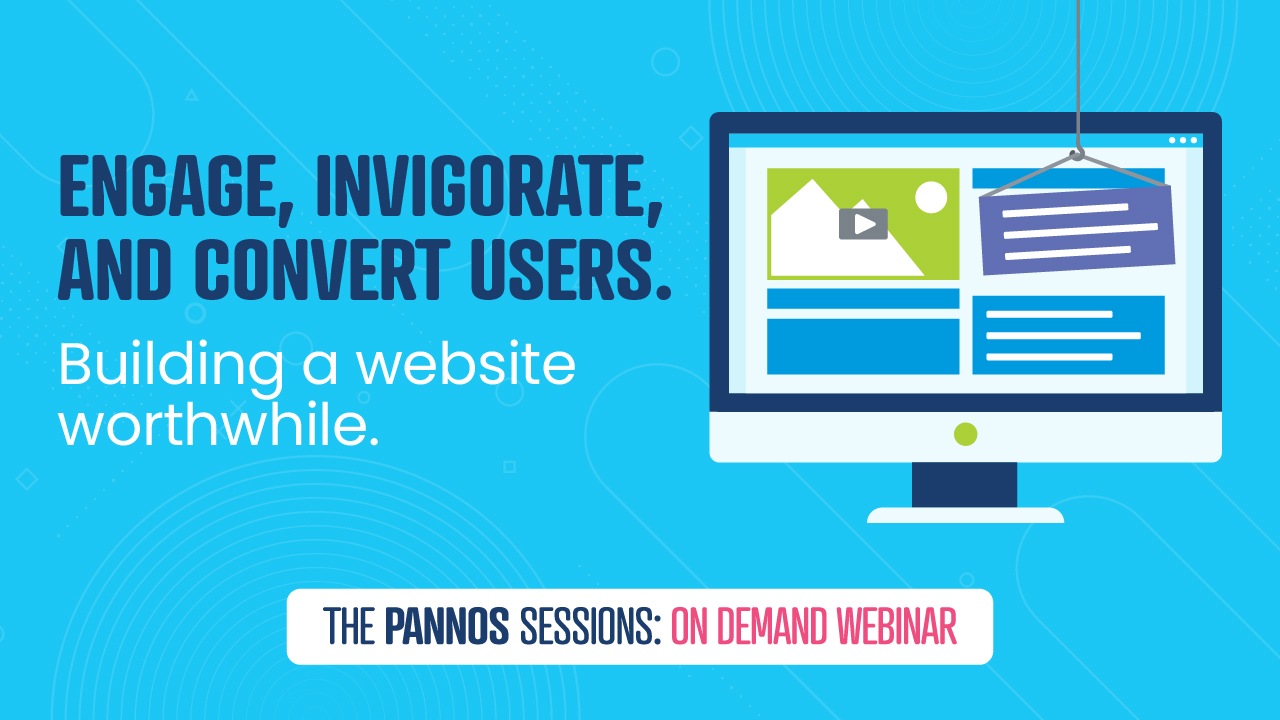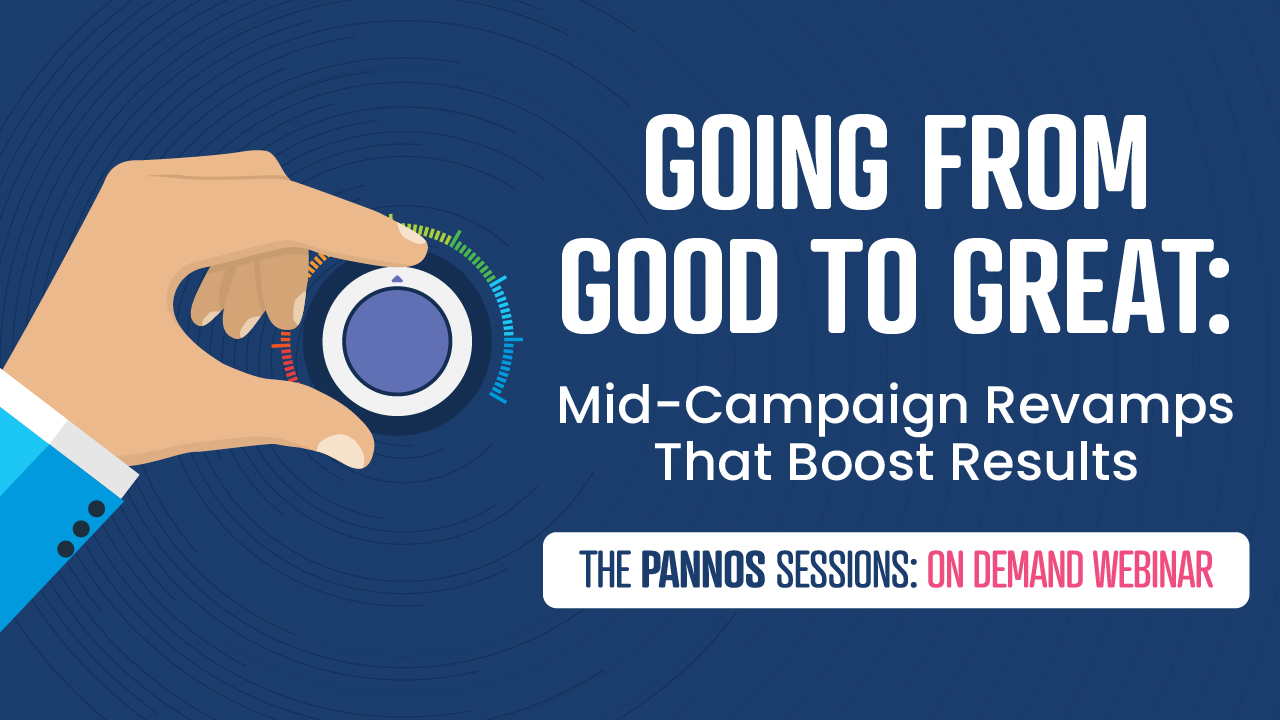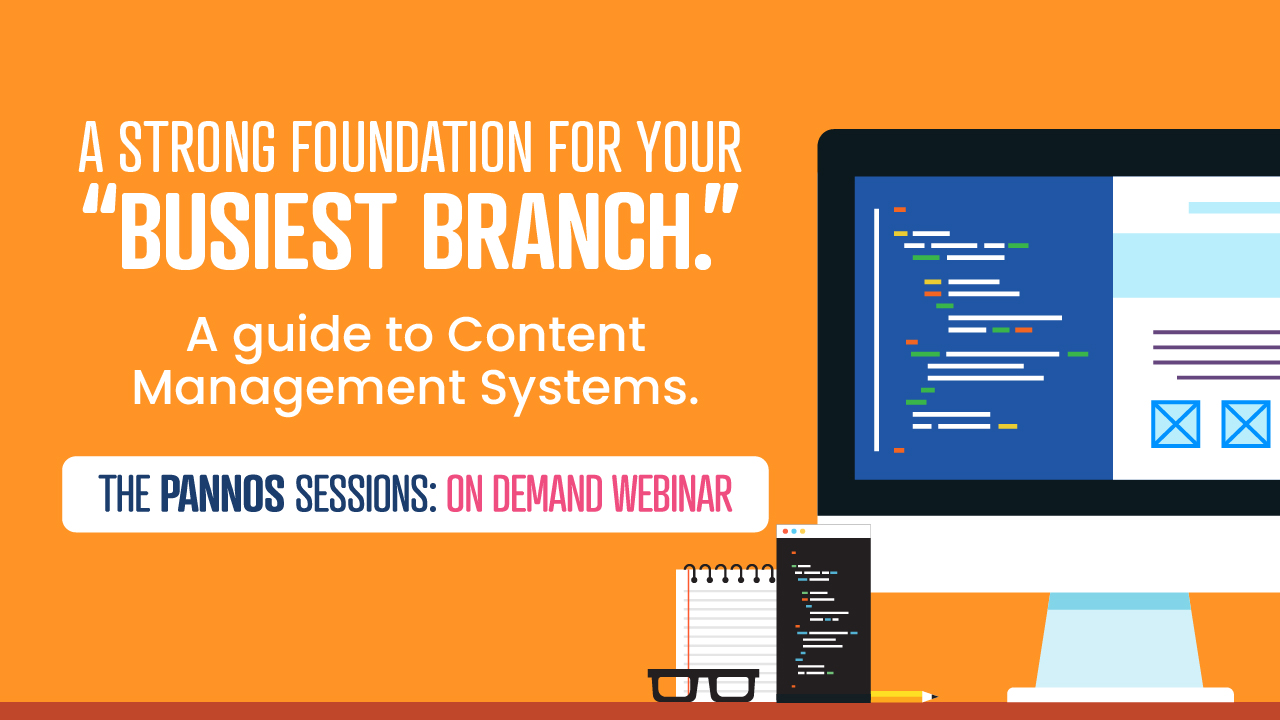
May 23, 2013
Pictures and graphics create interest and engage visitors, but content closes the deal and sustains your relationship with customer over time. What you say in your website should help potential customers make the choice to do business with you.
Product information is the best example of how thoughtfully developed content informs customers about the benefits of products and makes their choices clear. To often, product information is simply a list of features. By describing the needs a product fills you can create a value message that informs customers about the product's benefits.
Account Choosers and Live Chat might not be thought of as traditional content, but they can also play an important role in helping a potential customer choose the product that is right for them. Information about your financial institution's ties to the communities you serve is also an important part of the story of your institution. People respond to organizations that share their commitment to local organizations. Yet, many websites provide only a very basic description of community service even when there is strong and continual support to organizations in the community. Promote the organizations and events that you support on your website.
Financial Institutions are involved in some of the most important financial decisions people make such as buying a new home, saving for college, or purchasing a new car. These important milestones give financial institutions the opportunity to help customers navigate the wide variety of options and choices they face. Financial education content makes it easier for customer to understand their choices and also helps them make better financial decisions. It is also important to promote these resources and create interest in content that you're offering. The best way to ensure you are providing useful information to your customers is to start with an audit of your existing content. Identify the areas where you have good content and those where more information would be helpful. Then organize the information in a sitemap so that you can see what information goes together and identify places where links to complementary information would have value.
Having your information well organized ensures that customers can find what they're looking for and improves the experience of using your website. Creating good content for a website can be challenging, but after the first impression of your homepage, you need well organized, useful content to make the case with new customers and build a deeper relationship with existing customers.






